Off the scale: Hauser & Wirth’s new West Coast outpost is an art behemoth
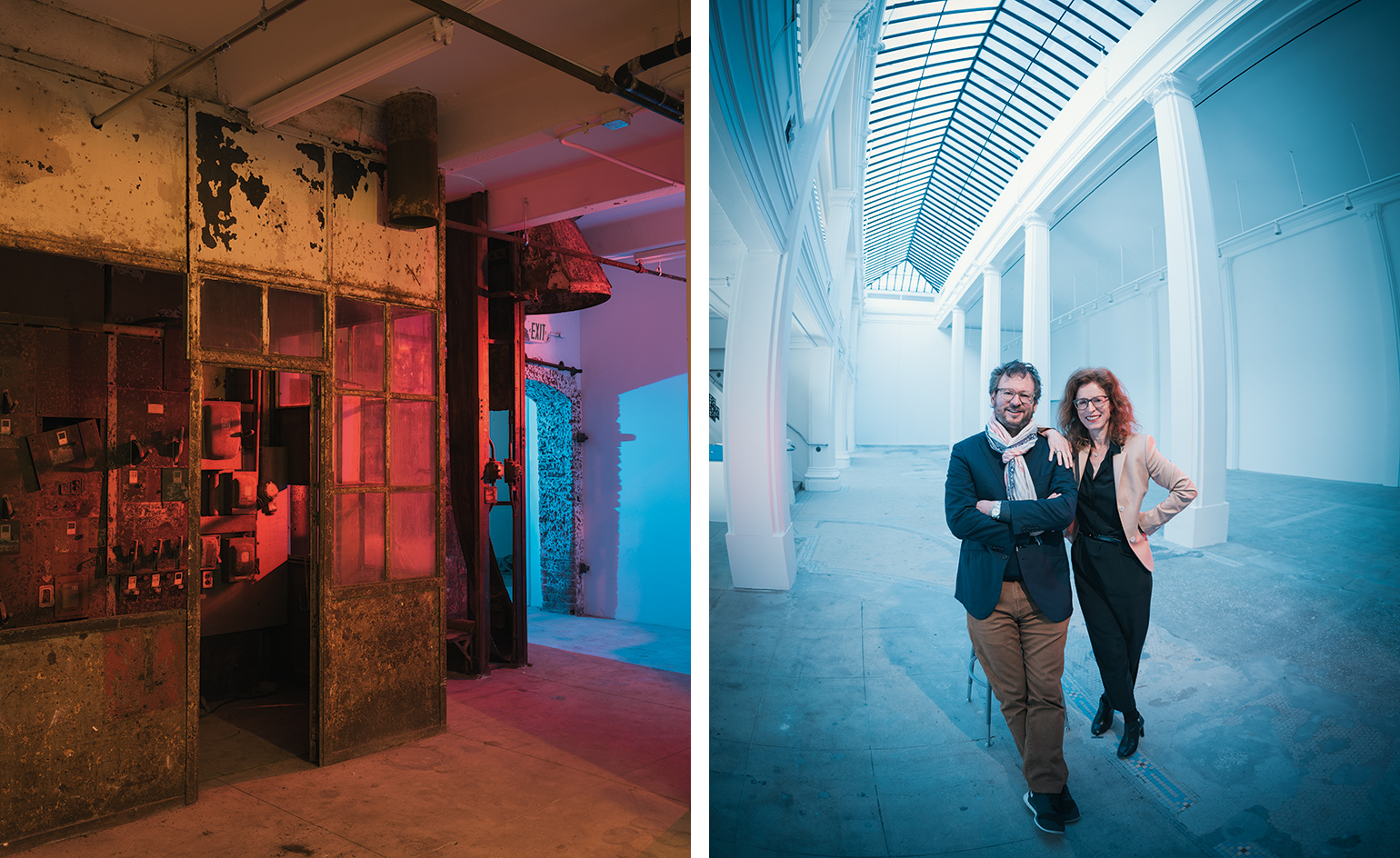
On an unusually cold day in February, Paul Schimmel is providing a tour of the Los Angeles outpost of the gallery where, for the last two years, he has been partner and VP: Hauser Wirth & Schimmel. Looking trim and tan after the last holiday he is likely to take for some time, Schimmel bustles around the outside of the 1896 building, part of a complex that occupies an entire block of downtown LA. With the erudition that distinguished his previous career as a museum curator, he summarises the history of the former flour mill and what architects Creative Space, in consultation with Annabelle Selldorf of Selldorf Architects, have done to preserve as much of it as possible.
The newly painted grey and white façade still bears the name of Globe Mills, which was the largest private mill in the Western United States until the 1940s when it was sold to Pillsbury. The baking goods conglomerate altered the design to accommodate delivery by truck, but it has been largely abandoned for 45 years.
Four block-long buildings, one five storeys in height, are wrapped around a central courtyard. The first time Schimmel saw a drawing of the facility, he knew it would be perfect. It only remained to hammer out a long-term lease with the owners, who did not want to sell but welcomed a business that would integrate it into a neighbourhood increasingly populated by artists, creative businesses and other galleries and restore its architectural integrity. Schimmel turns the corner to walk another block past the building’s rough brick walls covered in graffiti, explaining that instead of removing any street art, the gallery commissioned artist Kim West to complete the painterly mural of wildebeests that she had already started there.
In this way, Schimmel makes it clear that he is still working for an artist-centric organisation, not just another shop selling art. Once inside – where it is equally cold, since construction is far from completed – it is even more evident that museums rather than galleries are the model for HW&S. A specific museum, in fact: the Geffen Contemporary, the 55,000 sq ft warehouse repurposed by architect Frank Gehry in 1984 for LA’s first Museum of Contemporary Art, where Schimmel held sway as chief curator from 1990 to 2012. After a high-profile forced resignation from the troubled MoCA, Schimmel has come to Hauser & Wirth with his ideals intact.
The new gallery opens with ‘Revolution in the Making: Abstract Sculpture by Women 1947-2016’, a show Schimmel co-curated with feminist art historian and critic Jenni Sorkin. Inside one of the newly finished galleries, where pristine white walls rise to a height of 18ft with trussed wooden ceilings arching above them, Schimmel has set up scale models with tiny replicas of every work of art to be shown chronologically in the four long galleries: Louise Bourgeois’ Personages, Lee Bontecou’s wall reliefs, Lynda Benglis’ pour pieces and Phyllida Barlow’s cloth pompoms are just a few of the 100 works by 34 artists made over a period of 70 years.
The east gallery is the only one that has been left unfinished with rough brick walls for installations of work by the less established artists in the show. Schimmel says, ‘We felt it was important, where it made sense, to encourage people to make new work.’
Schimmel has long been admired for his ability to organise exhibitions that offer fresh ways of looking at art after 1945. ‘Revolution in the Making’ is a case in point, looking at the way women have transformed the language of sculpture in the post-war period through the celebration of craft, the use of found and recycled materials, and the embrace of imperfection. (Despite his regard for the work of his friend Nancy Rubins, one of the key sculptors of her generation, she could not participate, still mourning the loss of her husband, artist Chris Burden, who died of cancer last year.)
‘This has been one of the great privileges, to think about exhibitions, about artists, about how the building is going to be used by a variety of creative people, doing projects not realised at Newport Harbor Museum of Art [where he was curator from 1981 to 1990] or MoCA,’ says Schimmel. ‘I’ve never been able to take on a full facility and think about the way art and architecture can work alongside one another.’
Hauser Wirth & Schimmel will boast roughly the same amount of gallery space as the Geffen; huge and intimidating to most curators but a challenge Schimmel is used to. Significantly, while much of the building is still under construction, the galleries are complete. ‘A curator finishes the galleries first,’ he jokes. ‘I was looking for a variety of spaces: medium, large and unstructured. I think most art wants different kinds of places to be seen to greatest advantage.’ The architects uncovered some pre-existing skylights and refitted them with UV protective glass, as well as adding insulation and new roofing. On site will also be an Artbook@Hauser Wirth & Schimmel store, the first gallery-based branch of the specialist bookseller, and an education lab, run by Aandrea Staang, formerly education programme manager at MoCA. A vast courtyard, which will house sculptures and outdoor seating, features a site-specific Mary Heilmann mural, and there are plans for a flower and herb garden to be used by the 140-seat restaurant Manuela (named after Manuela Wirth).
All this emphasis on pleasing the public might be heresy to most private gallerists but Iwan and Manuela Wirth have done it before at Hauser & Wirth Somerset, which has attracted some 200,000 visitors since opening in 2014. In truth, since launching their original gallery in Zurich in 1992 and adding spaces in London and New York, Hauser & Wirth’s galleries have been more public facing than most. Their downtown New York gallery, one of two in the city, houses the Roth Bar, a popular local hangout designed by Björn and Oddur Roth, the son and grandson of Swiss artist Dieter Roth. But in Somerset and now in LA, they have take that accessibility to a new level. ‘They wanted a different kind of model,’ says Schimmel. ‘It’s more like a kunsthalle or foundation.’
Iwan Wirth agrees, emphasising that the success of Somerset gave them the confidence to try something different in LA. ‘The artists want to be accessible. It is not an exclusive country club they are working for. The programme we have is socially and culturally critical. By reaching out to communities, we are following the artists. It is how I understand my role. Including being commercially oriented and running a business, we follow the artists, we follow the work, we want the work to be seen. It becomes relevant in that way. It is not just a market but a cultural and social landscape, that is why artists are making what they are making. The funny thing is that it doesn’t exclude sales. It is always commercial.’
Wirth says a major motivation for opening a space in LA is to show work by the many LA artists they represent, especially heavy hitters like Paul McCarthy, Mark Bradford and Diana Thater, as well as the estates of Mike Kelley and Jason Rhoades. Wirth has been supportive of LA-based artists since seeing Schimmel’s 1993 MoCA exhibition ‘Helter Skelter’, which he recalls as ‘one of the most important shows I’ve seen in my life’. That show put a rocket under the careers of McCarthy, Kelley and Raymond Pettibon, all of whom were subsequently shown by Wirth. Some of McCarthy’s early 1980s performances were held near HW&S, which is a few blocks from The Box, a respected gallery operated by his daughter Mara McCarthy. Paul McCarthy, more than any other artist, has brought Wirth and Schimmel together. Schimmel says, ‘Part of the continuity for me is coming from their artists. Paul was important to the development of the gallery. He introduced them to Gutai and Fluxus artists. And Allan Kaprow. Paul had real generative impact. Coming here with Paul is part of our history.’
McCarthy welcomes the arrival of Hauser & Wirth in LA but acknowledges that opening this big might be a risk. ‘It’s a gamble,’ he says, ‘but they are looking at the long term. They think they can take this kind of risk to do something unique. And I think it will be good for the community of artists in LA to have them here.’
Wirth notes that the unexpected availability of Schimmel and the building proved for him to be a ‘perfect storm’ of opportunity. ‘He’s a curator and a writer, which is exactly why I asked him to join. Plus, this is certainly the most beautiful space we’ve ever made. It is not just a gigantic warehouse, it has intimacy and history, but it is also flexible. I’ve been building art spaces for 25 years and we ticked all the boxes with this one. I’m quite proud.’
Established LA galleries like Blum & Poe and Regen Projects are superficially sanguine about the opening of HW&S, but there are only so many rich people committed to contemporary art anywhere and financial support in LA has been historically thin. LA native Larry Gagosian, who started his first gallery here in the late 1970s, pioneered the global gallery model. He also represented Mike Kelley, though after the artist’s suicide, the estate shifted to Hauser & Wirth. Asked about the opening of HW&S, Gagosian says, ‘If other galleries were not moving to LA now with its surge of activity, it would be a bad sign for the relevance of the city.’ When asked if his gallery would respond by making adjustments to its way of doing business, Gagosian quips, ‘It’s more fun to lead than to follow.’ While other art dealers in LA may anticipate unwelcome competition, Schimmel shrugs off such concerns. ‘The artists are willing to take the gallery, and what we are doing there, at face value. Some people feel that it’s a crossroads in the classic landscape of commercial galleries. Like any crossroads, there is the question: "Which way do you want to go?"’
As originally featured in the April 2016 issue of Wallpaper* (*205)
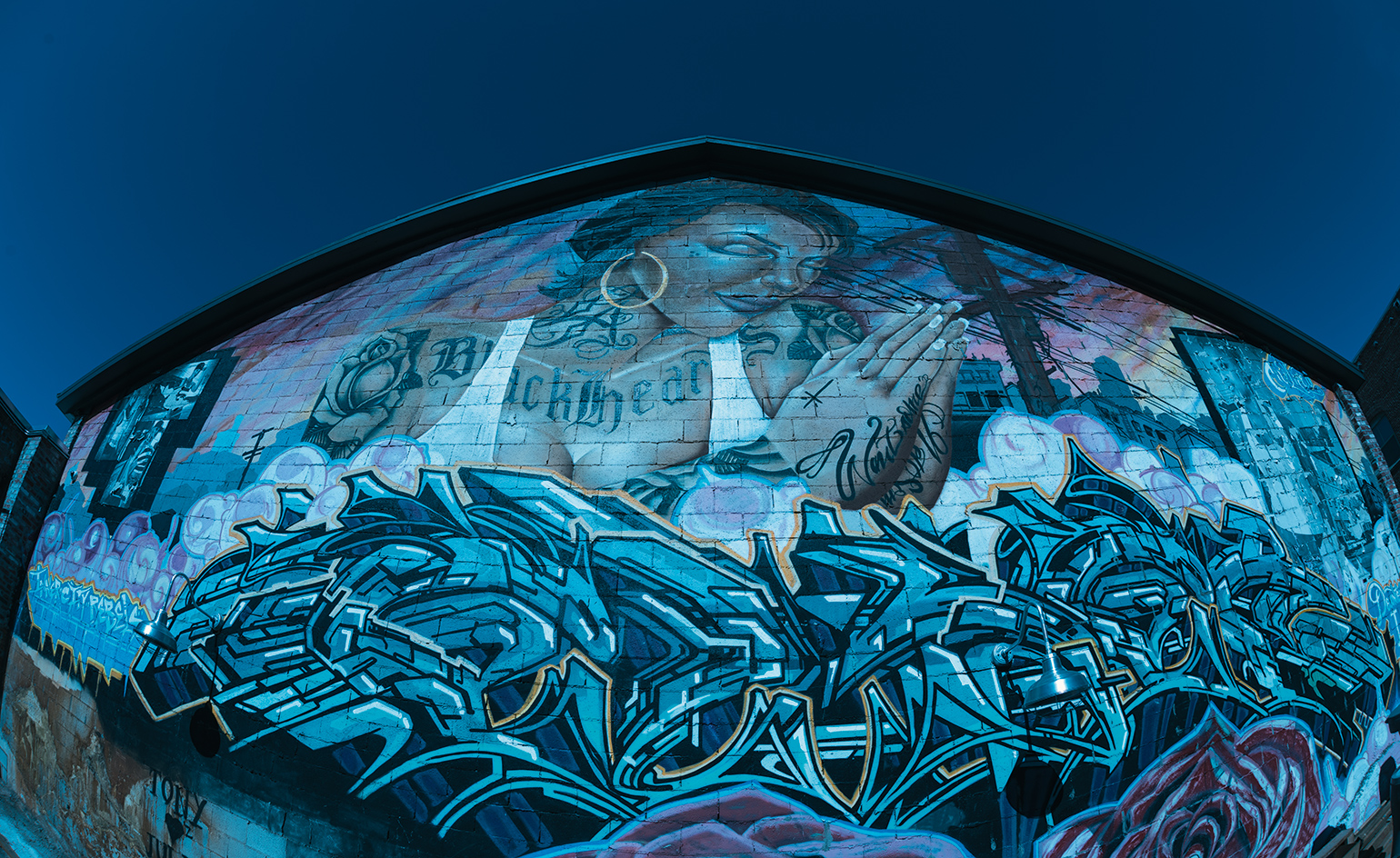
The building’s rough brick walls are covered in graffiti. Instead of removing any street art, the gallery commissioned artist Kim West to complete the painterly mural of wildebeests that she had already started there
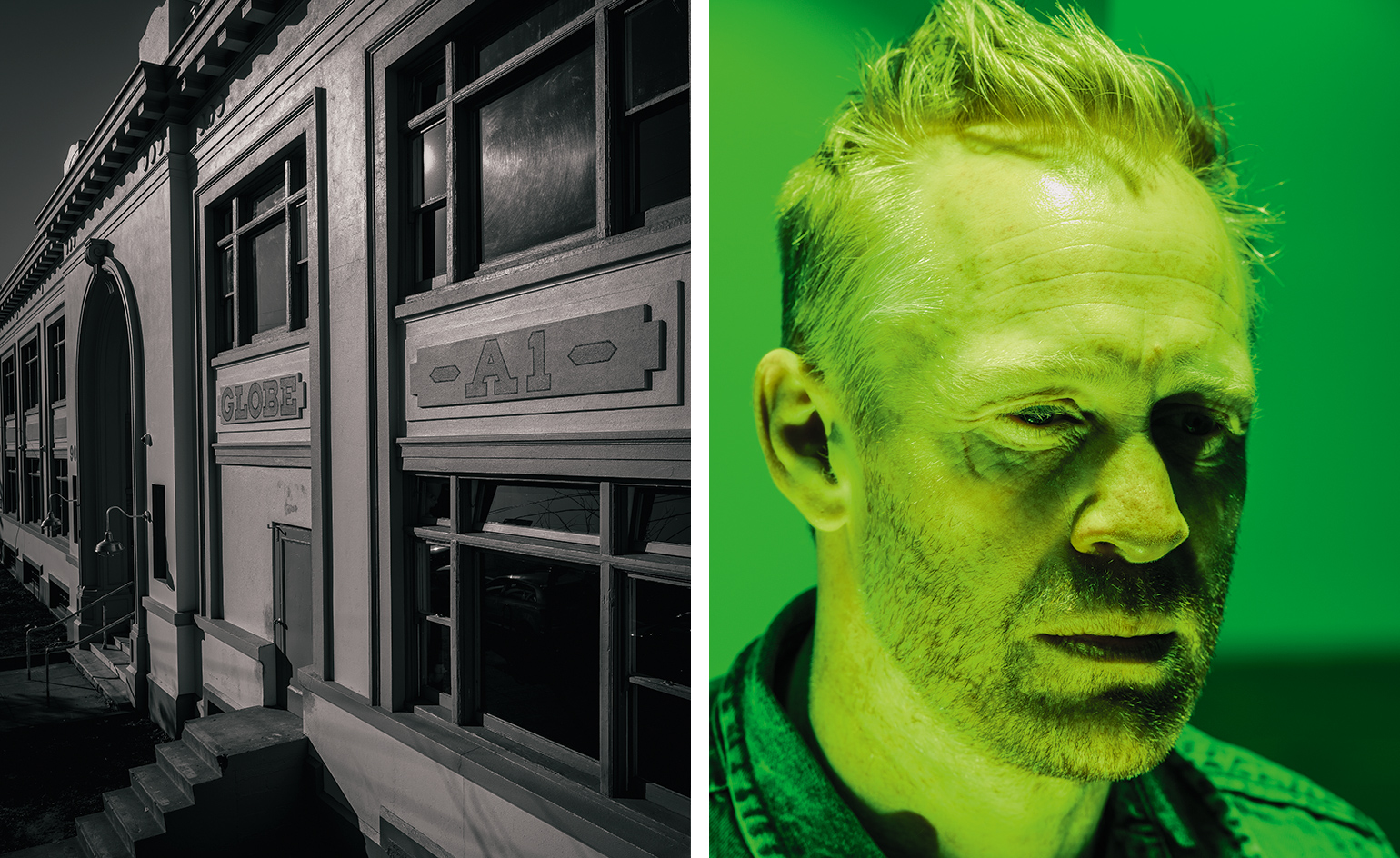
'It is not an exclusive country club they are working for,' Iwan Wirth says of the new space. 'The programme we have is socially and culturally critical. By reaching out to communities, we are following the artists.' Pictured left: the facade of the mill’s former bank building, which now forms the main entrance to the gallery on east 3rd street. Right: artist Thomas Houseago
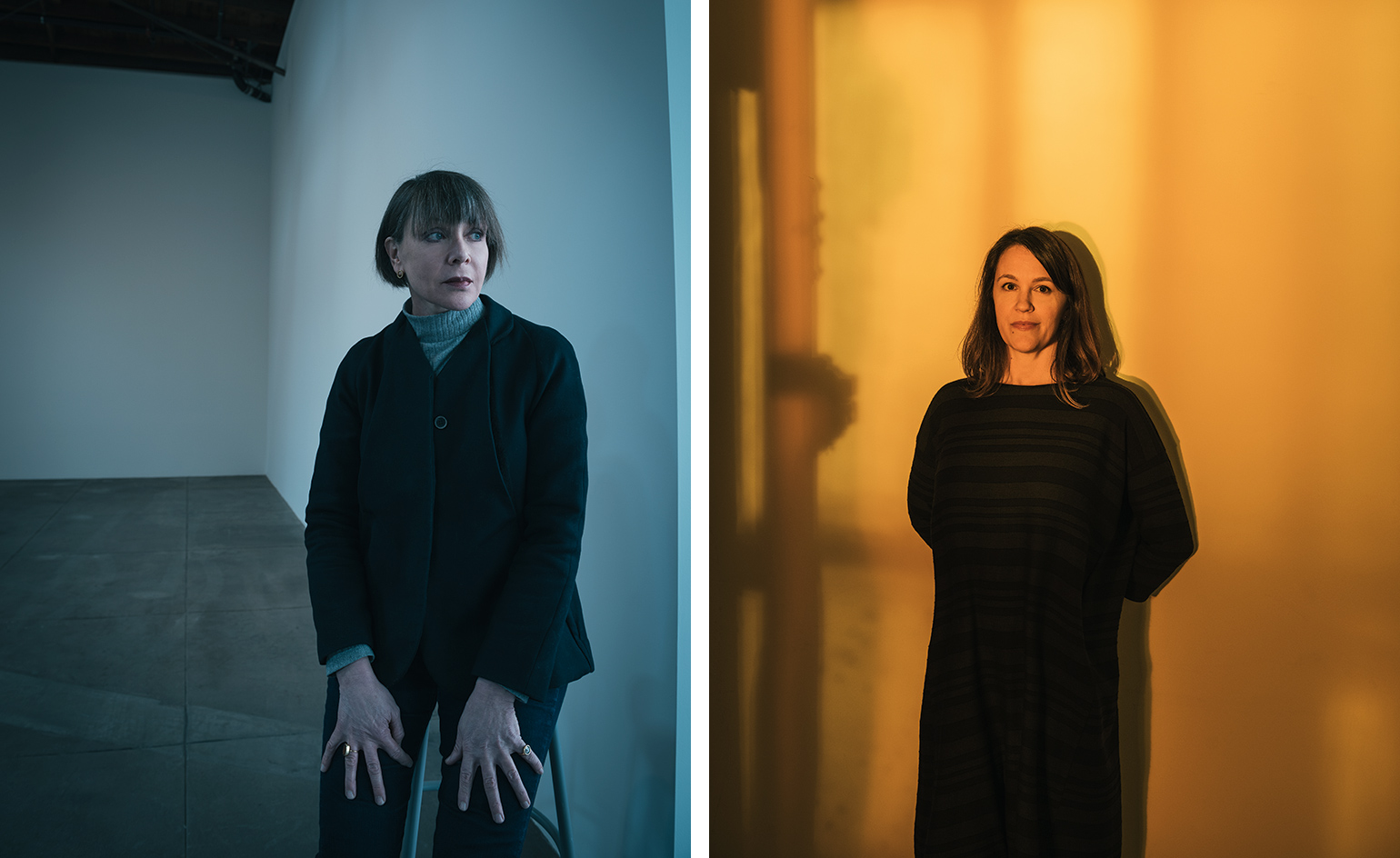
A major motivation for opening a space in LA is to show work by the many LA artists they represent, especially heavy hitters like Paul McCarthy, Mark Bradford and Diana Thater (pictured, right), as well as the estates of Mike Kelley and Jason Rhoades. Pictured left: Stacen Berg, senior director of Hauser Wirth & Schimmel
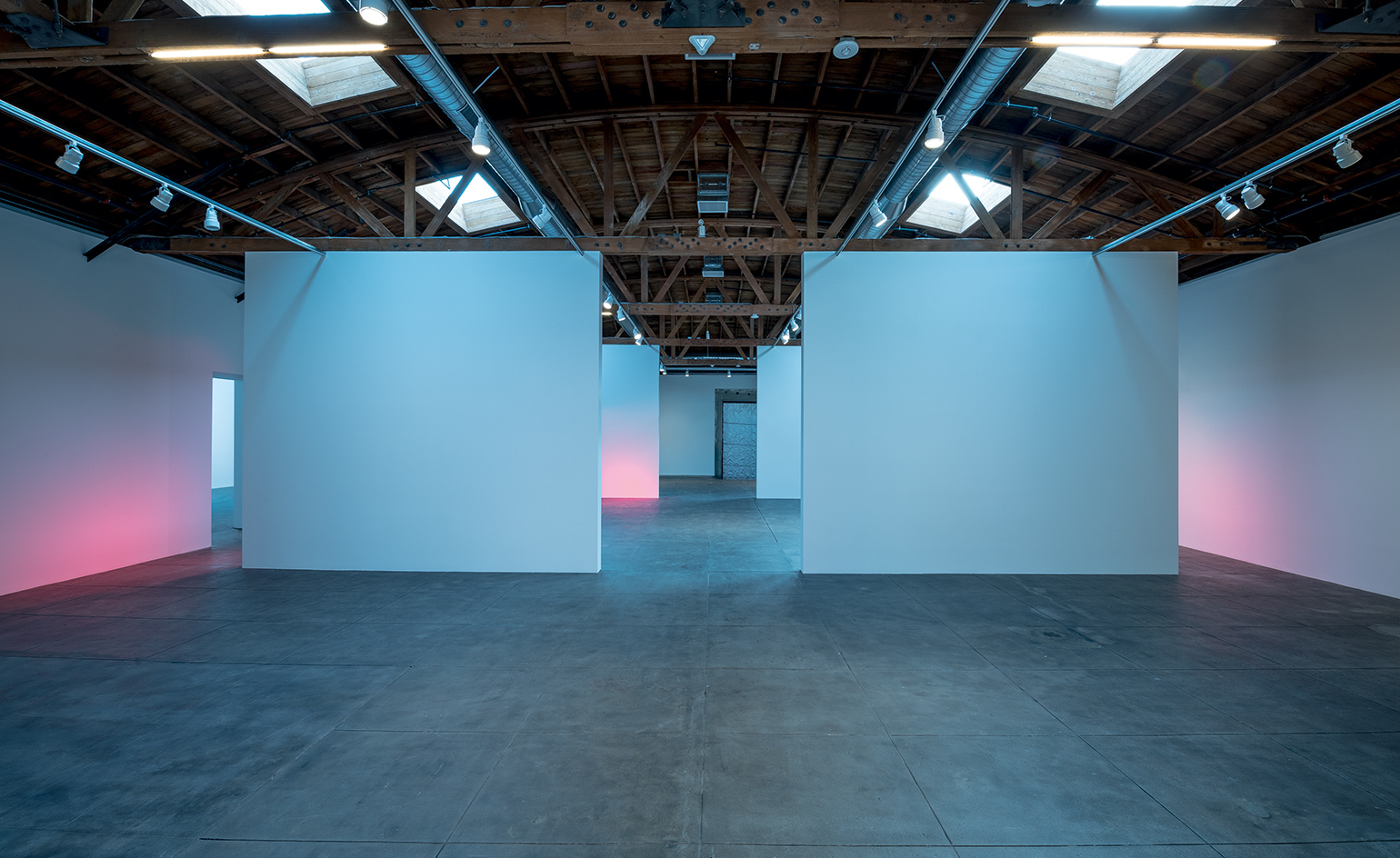
'It is not just a gigantic warehouse, it has intimacy and history, but it is also flexible. I’ve been building art spaces for 25 years and we ticked all the boxes with this one. I’m quite proud,’ notes Wirth. Pictured: Exhibition space in one of the ‘twin’ galleries
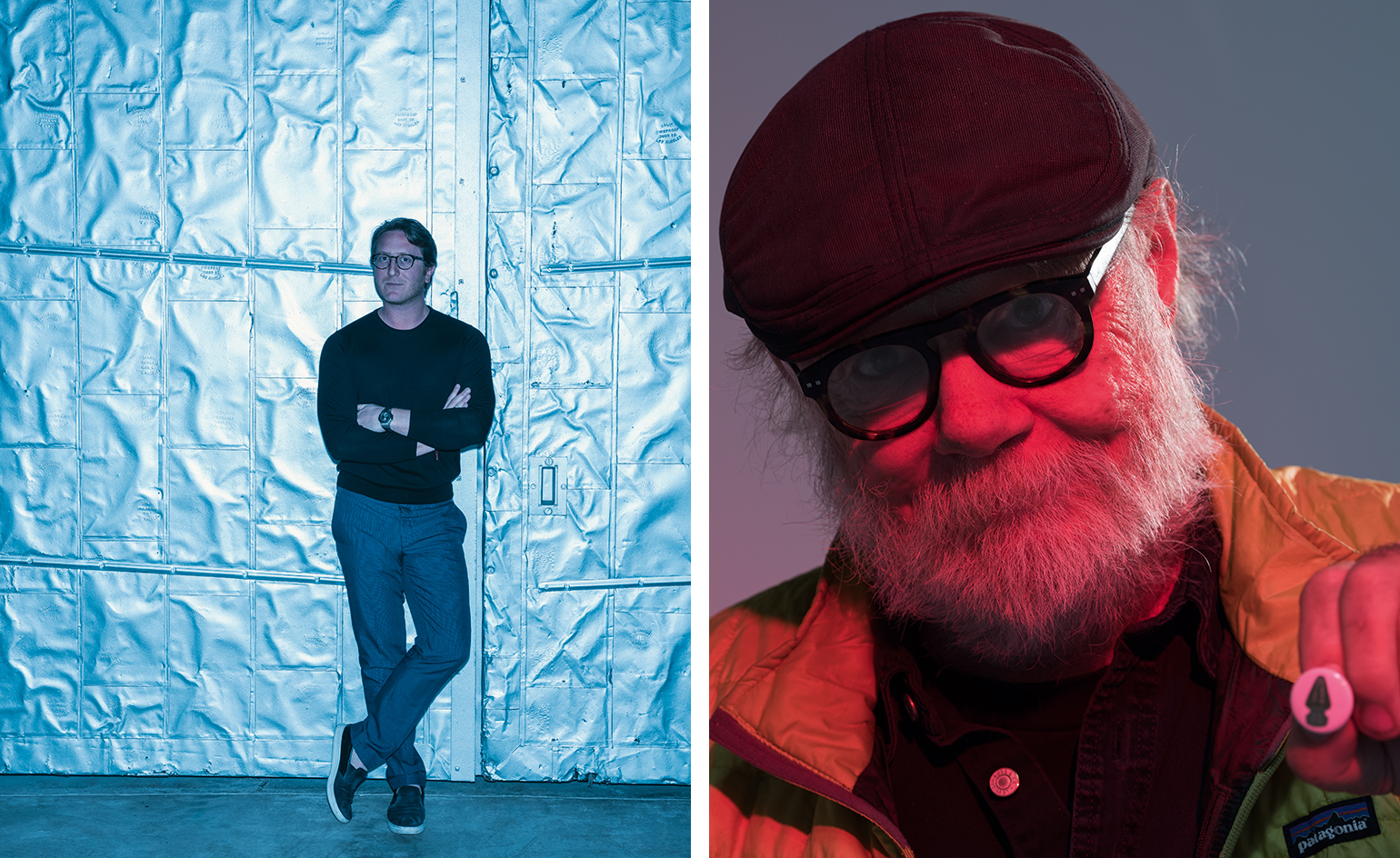
Paul McCarthy (pictured right), more than any other artist, has brought Wirth and Schimmel together. Schimmel says, ‘Part of the continuity for me is coming from their artists. Paul was important to the development of the gallery. He introduced them to Gutai and Fluxus artists. And Allan Kaprow. Paul had real generative impact. Coming here with Paul is part of our history.’ Pictured left: Graham Steele, senior director for sales at of Hauser Wirth & Schimmel
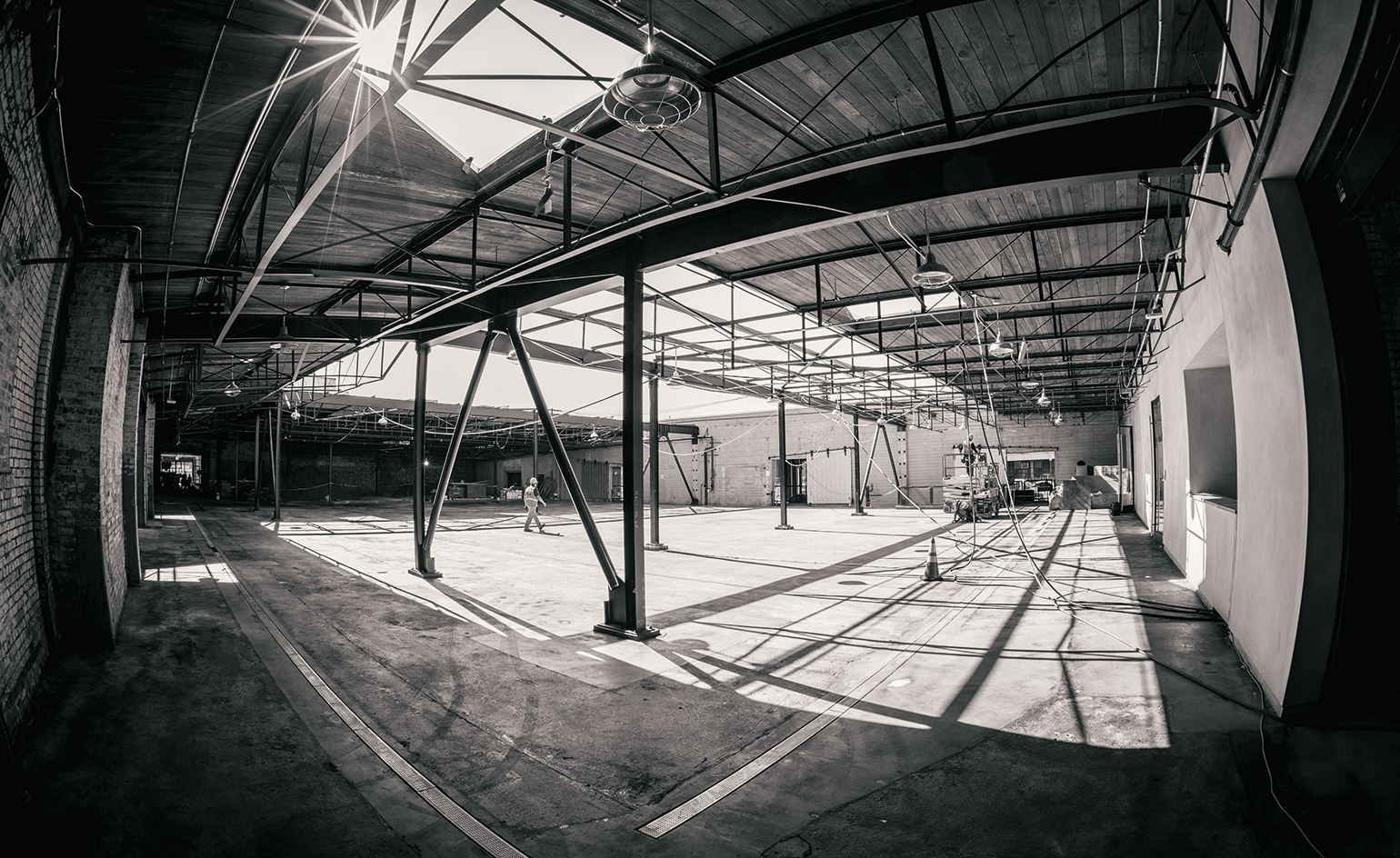
Four block-long buildings, one five storeys in height, are wrapped around a central courtyard. Pictured: the old switch and circuit room of the former flour mill
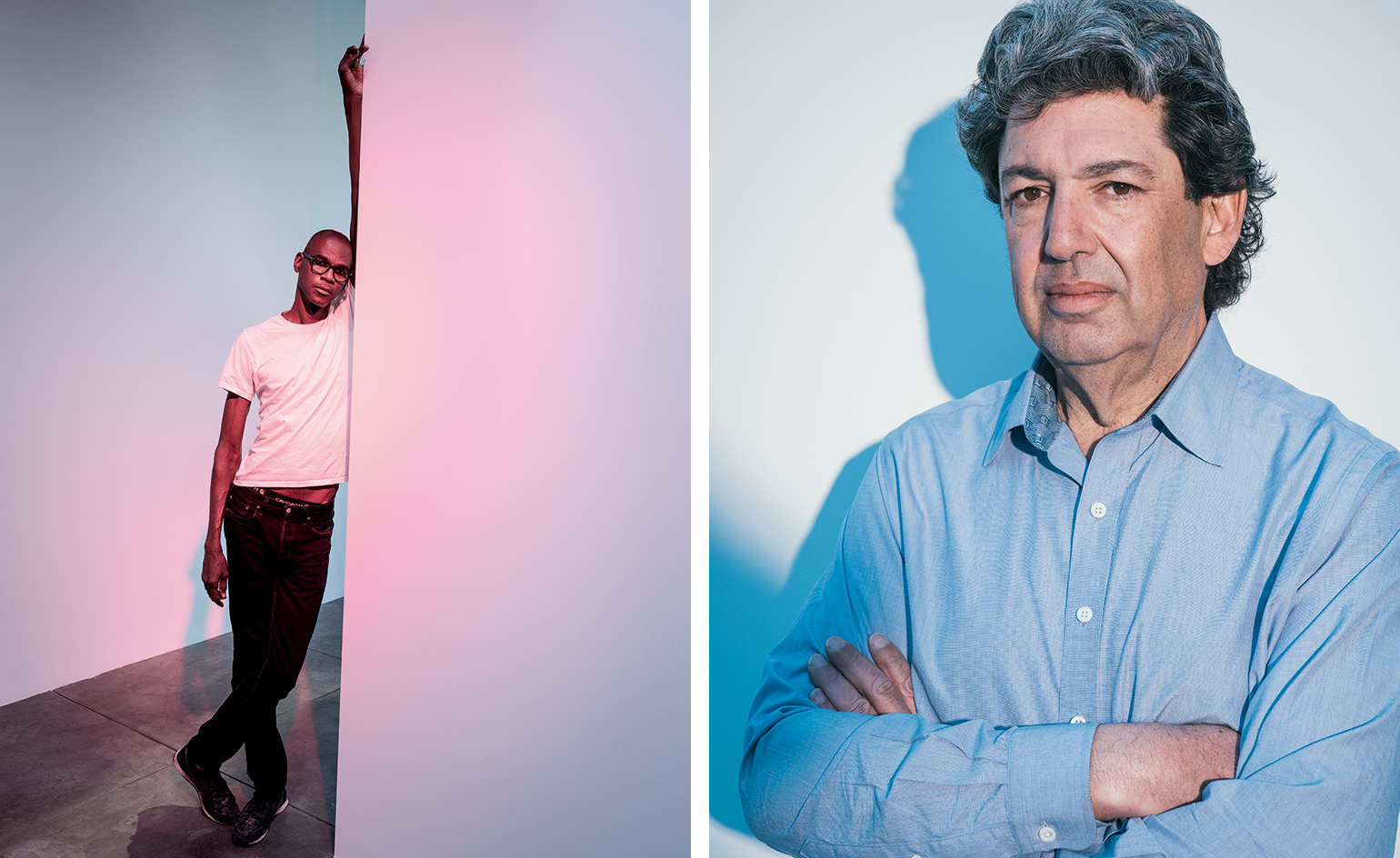
Pictured left: artist Mark Bradford. Right: Paul Schimmel, partner and VP of Hauser & Wirth and co-founder of Hauser Wirth & Schimmel
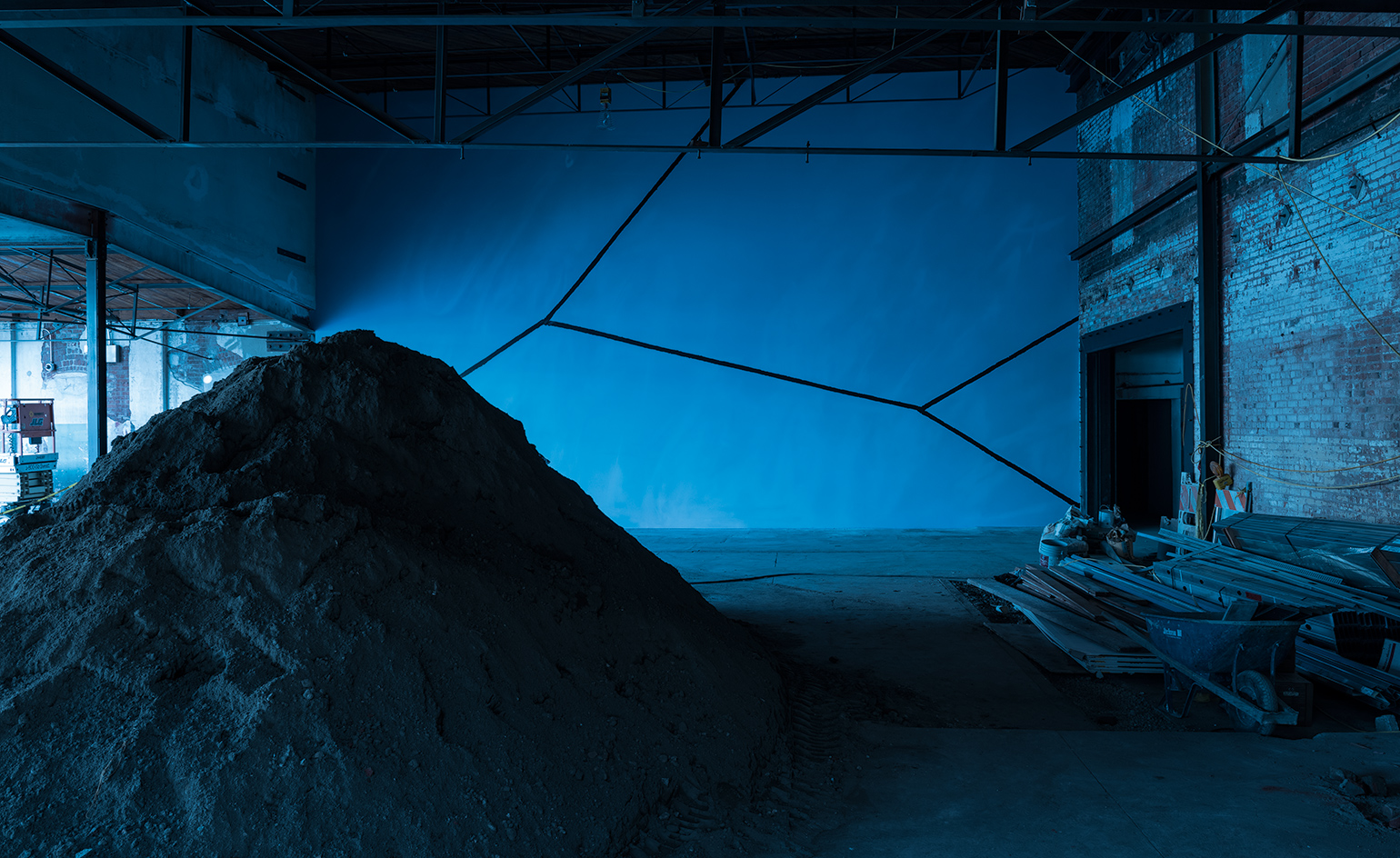
Forming a backdrop to building work is the monumental, specially commissioned, site-specific mural by Mary Heilmann
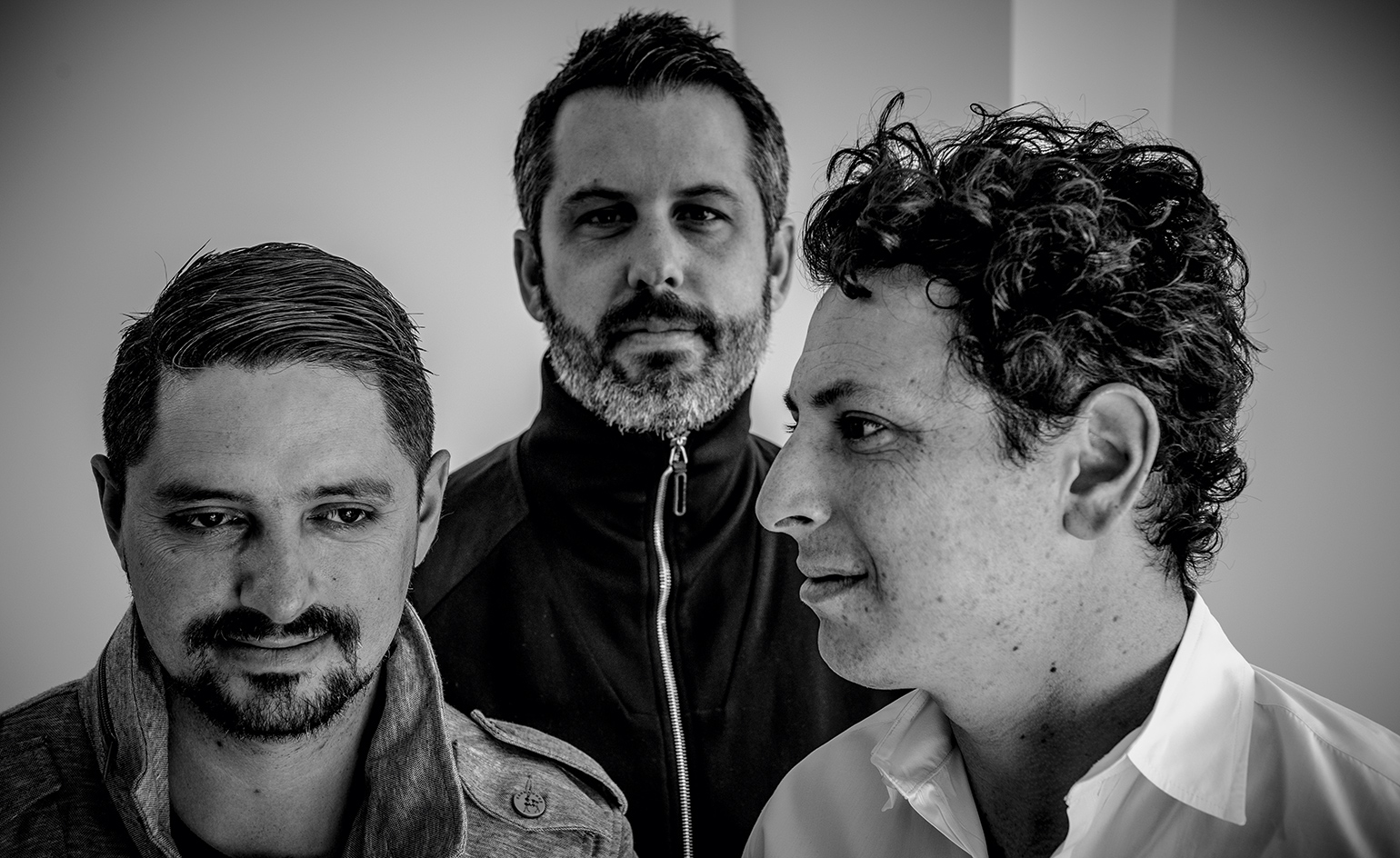
From left: Evan Raabe, Tyler Stonebreaker and Geoff Anenberg, the three partners of architect firm Creative Space, who handled the old flour mill’s transformation
INFORMATION
For more information, visit the Hauser & Wirth website
ADDRESS
Hauser & Wirth
901 E 3rd Street
Los Angeles
Wallpaper* Newsletter
Receive our daily digest of inspiration, escapism and design stories from around the world direct to your inbox.
-
 Put these emerging artists on your radar
Put these emerging artists on your radarThis crop of six new talents is poised to shake up the art world. Get to know them now
By Tianna Williams
-
 Dining at Pyrá feels like a Mediterranean kiss on both cheeks
Dining at Pyrá feels like a Mediterranean kiss on both cheeksDesigned by House of Dré, this Lonsdale Road addition dishes up an enticing fusion of Greek and Spanish cooking
By Sofia de la Cruz
-
 Creased, crumpled: S/S 2025 menswear is about clothes that have ‘lived a life’
Creased, crumpled: S/S 2025 menswear is about clothes that have ‘lived a life’The S/S 2025 menswear collections see designers embrace the creased and the crumpled, conjuring a mood of laidback languor that ran through the season – captured here by photographer Steve Harnacke and stylist Nicola Neri for Wallpaper*
By Jack Moss
-
 Leonard Baby's paintings reflect on his fundamentalist upbringing, a decade after he left the church
Leonard Baby's paintings reflect on his fundamentalist upbringing, a decade after he left the churchThe American artist considers depression and the suppressed queerness of his childhood in a series of intensely personal paintings, on show at Half Gallery, New York
By Orla Brennan
-
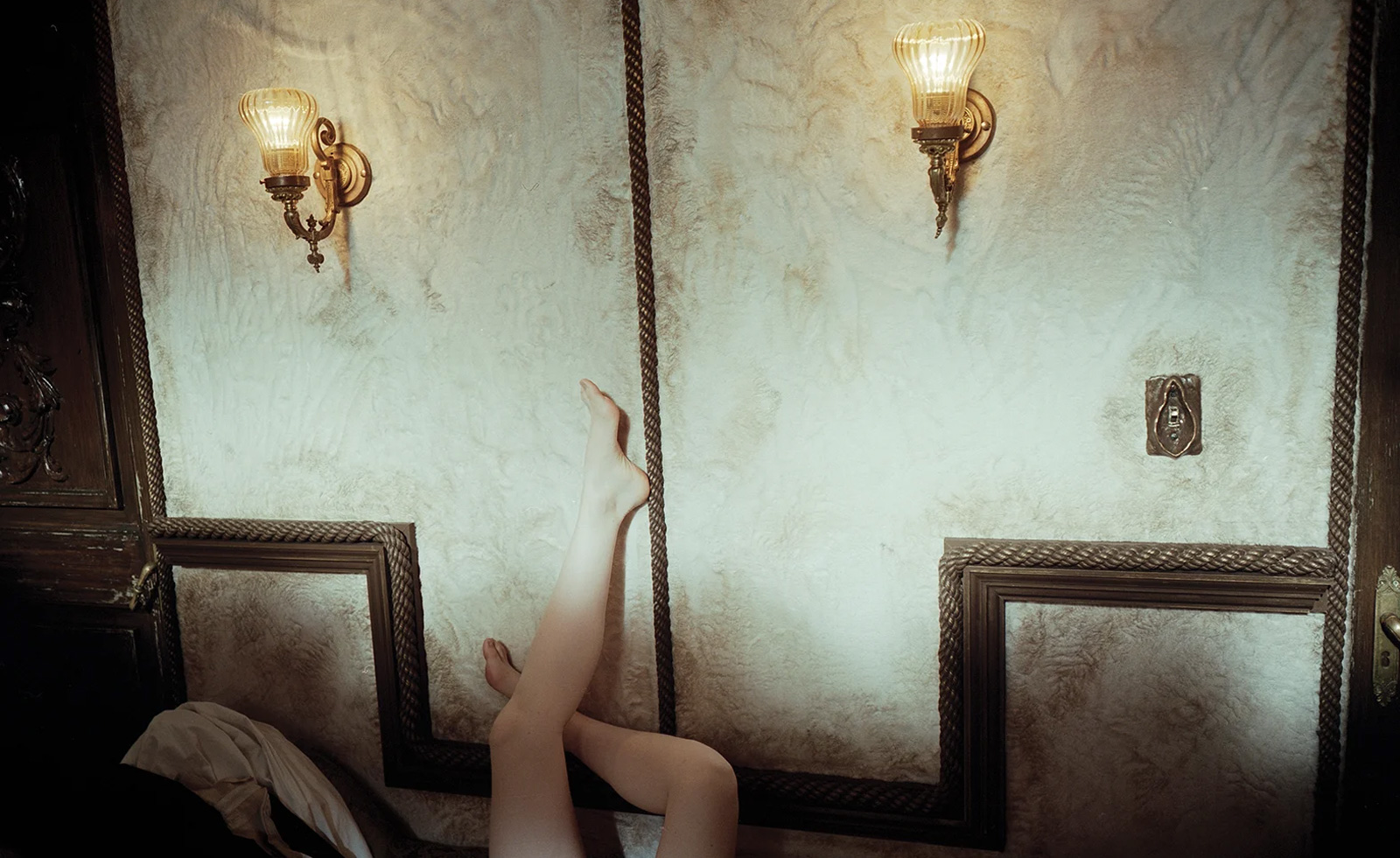 Unlike the gloriously grotesque imagery in his films, Yorgos Lanthimos’ photographs are quietly beautiful
Unlike the gloriously grotesque imagery in his films, Yorgos Lanthimos’ photographs are quietly beautifulAn exhibition at Webber Gallery in Los Angeles presents Yorgos Lanthimos’ photography
By Katie Tobin
-
 Desert X 2025 review: a new American dream grows in the Coachella Valley
Desert X 2025 review: a new American dream grows in the Coachella ValleyWill Jennings reports from the epic California art festival. Here are the highlights
By Will Jennings
-
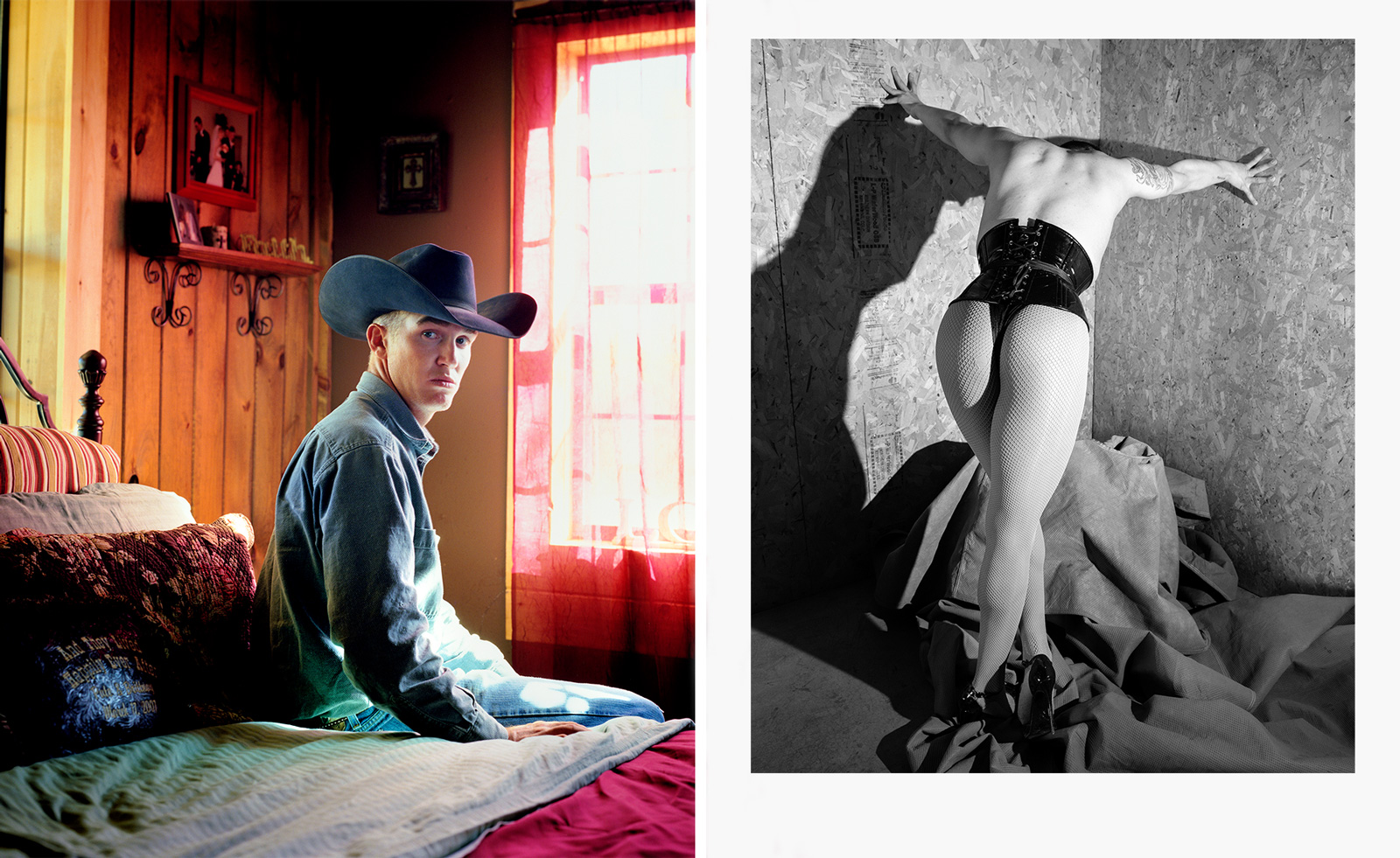 Cowboys and Queens: Jane Hilton's celebration of culture on the fringes
Cowboys and Queens: Jane Hilton's celebration of culture on the fringesPhotographer Jane Hilton captures cowboy and drag queen culture for a new exhibition and book
By Hannah Silver
-
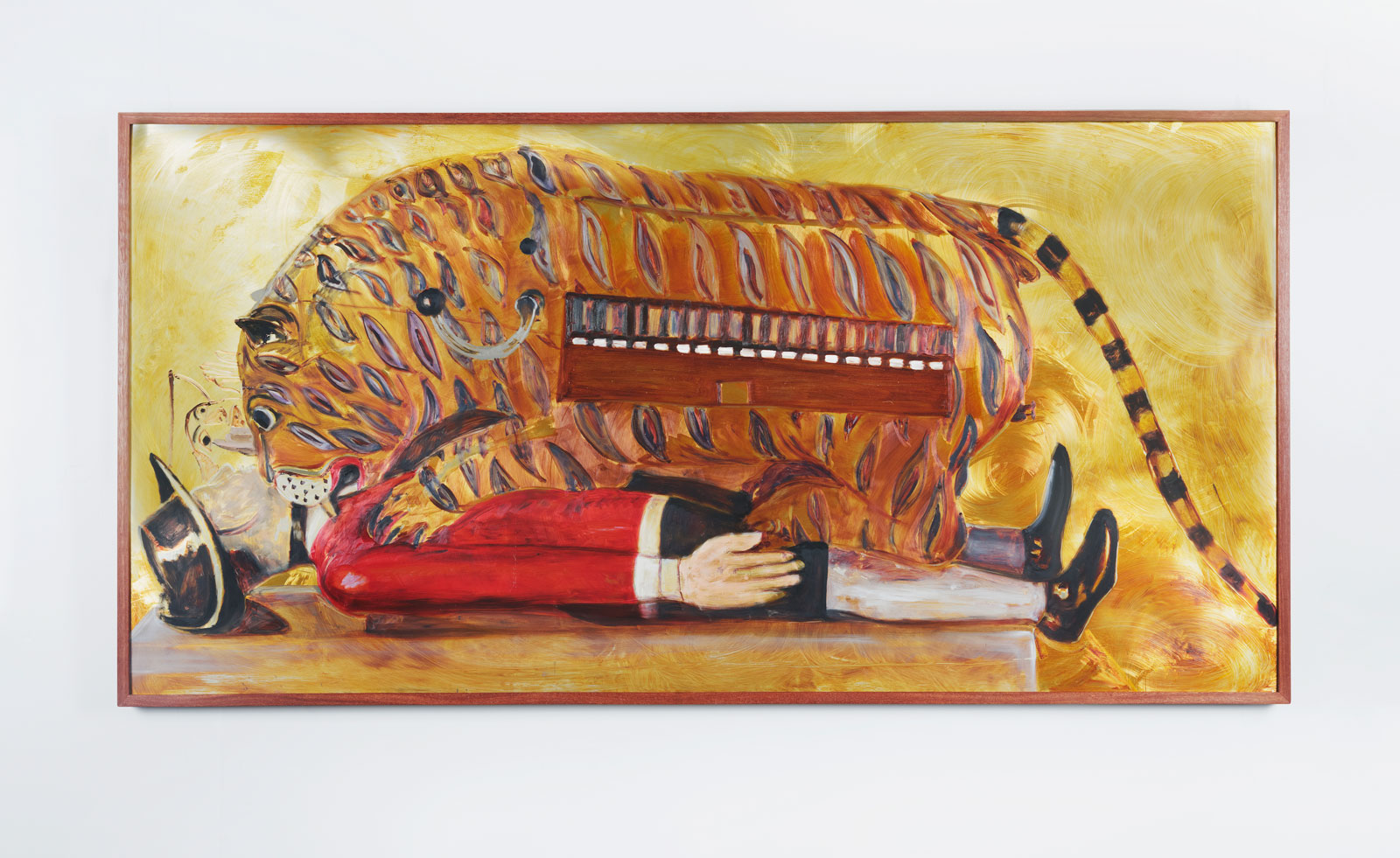 New gallery Rajiv Menon Contemporary brings contemporary South Asian and diasporic art to Los Angeles
New gallery Rajiv Menon Contemporary brings contemporary South Asian and diasporic art to Los Angeles'Exhibitionism', the inaugural showcase at Rajiv Menon Contemporary gallery in Hollywood, examines the boundaries of intimacy
By Aastha D
-
 Helmut Lang showcases his provocative sculptures in a modernist Los Angeles home
Helmut Lang showcases his provocative sculptures in a modernist Los Angeles home‘Helmut Lang: What remains behind’ sees the artist and former fashion designer open a new show of works at MAK Center for Art and Architecture at the Schindler House
By Francesca Perry
-
 In ‘The Last Showgirl’, nostalgia is a drug like any other
In ‘The Last Showgirl’, nostalgia is a drug like any otherGia Coppola takes us to Las Vegas after the party has ended in new film starring Pamela Anderson, The Last Showgirl
By Billie Walker
-
 ‘American Photography’: centuries-spanning show reveals timely truths
‘American Photography’: centuries-spanning show reveals timely truthsAt the Rijksmuseum in Amsterdam, Europe’s first major survey of American photography reveals the contradictions and complexities that have long defined this world superpower
By Daisy Woodward